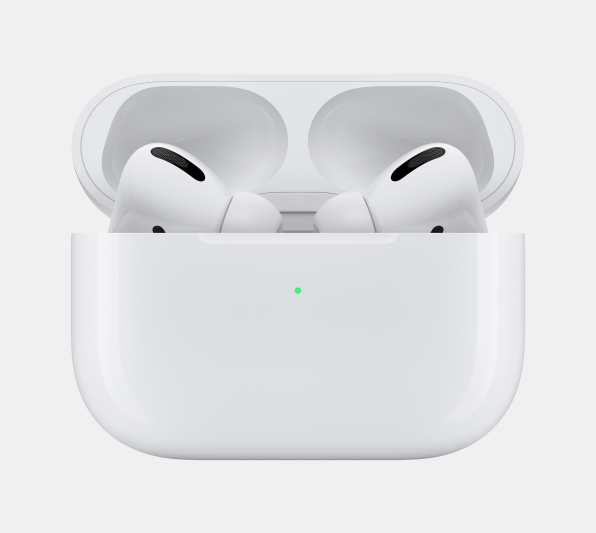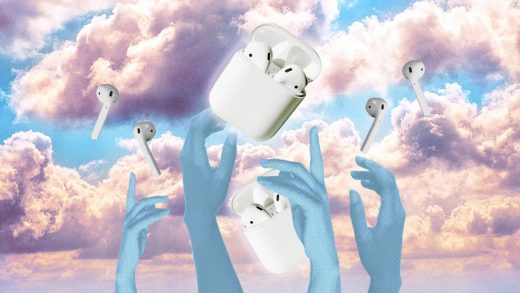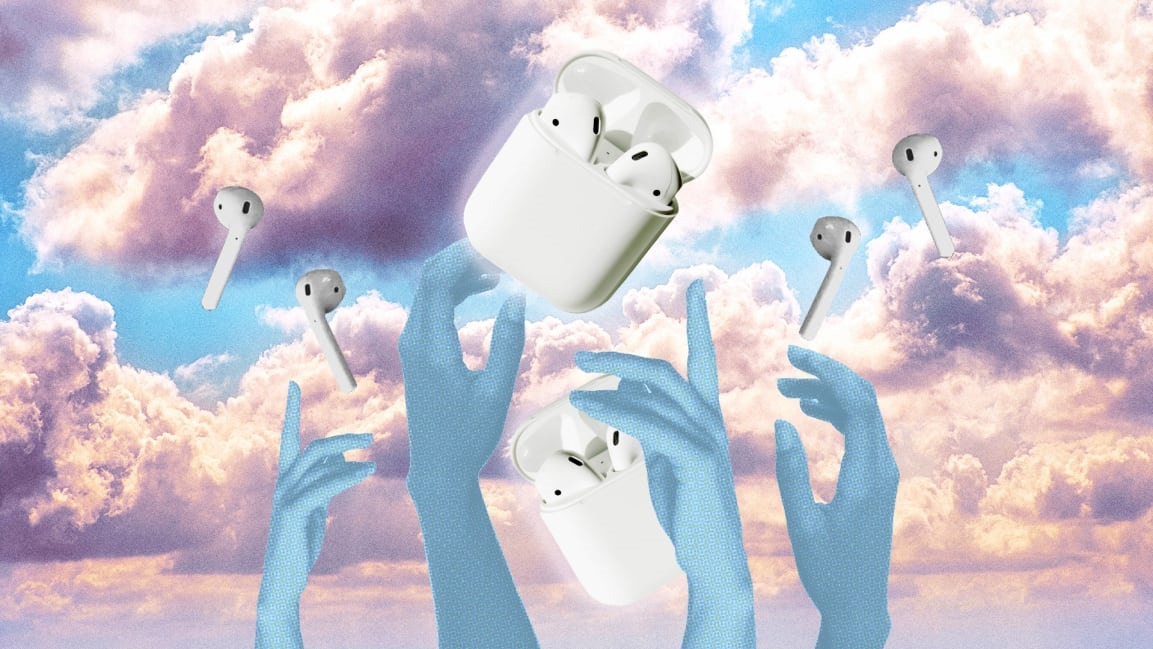My favorite Apple product of the decade isn’t the iPhone, iPad, or Watch
Apple likes to say that the Watch is the most personal of all its devices, but for me the most personal Apple device has proved to be the AirPods.
I thought they were intriguing when I first saw Apple introduce them at a press event in the fall of 2016, but I didn’t realize at the time that of all the new devices and services Apple has introduced in the past decade—including the iPad, the Apple Watch, and the Apple TV+ service—the AirPods would become the product I’d use most.
There are days when I leave my Apple Watch at home, but there are virtually no days when my AirPods go untouched. There are even days when I leave my iPhone at home and take my Watch and the AirPods. No matter what mix of devices I need at a particular time, the AirPods are usually part of it.
Apple’s take on wireless earbuds showed up at an opportune time. AirPods were released in 2016 amid the furor over Apple’s decision to remove the physical headphone jack from the iPhone, specifically the iPhone 7. They arrived right around the time that podcasts were becoming huge, too—another piece of luck, or at least great timing on Apple’s part.
I remember being very impressed back in 2016 that the design of the AirPods was so simple. They looked just like the EarPods, except the wires were gone. You could use one AirPod for making calls or talking to Siri, or both for listening to music in stereo. Each side’s battery lasted five hours, and the case could hold 24 hours of charge (and I love that satisfying “snap” the case makes when it shuts). I also liked the powerful homemade H1 chip inside that managed the device pairing via Bluetooth and the Siri integration.

From a tool for running to an accessory for life
The first way the AirPods really impacted my life was in my fitness routine. I long ago gave up gyms for a good pair of running shoes. When I started running, I used an iPod Shuffle and a cheap pair of wired earphones (the EarPods never fit me right). Just the disappearance of the wires made a big difference: I could always hear the vibration of the wires flopping around in the music itself, which detracted from my enjoyment considerably.
I already used the Watch for running when the AirPods came out, but it was the combination of the two that made a real difference. I began listening to guided runs delivered from the Nike Run Club app on my Watch. On tough runs, I was comforted by an encouraging coach in my ear, talking me through it. Later, the Podcasts app was extended to the Watch, and this provided another great way to think about something other than running while I was running.
Not that it was all wine and roses. The first generation AirPods had some real problems. Getting the AirPods to connect with the Watch (and stay connected) was a bit of a challenge. But with a bit of futzing, it all worked. The problem was, the futzing usually came at that crucial moment when I was dressed, stretched, and ready, and just needed that final spasm of willpower to get myself out the door and running. In other words, a bad time to get tangled up in technology issues. But I needed my coach, my podcast, my heart rate monitor, my run timer, so it had to be done.
The situation improved when Apple loaned me some new AirPods Pro at the end of October 2019. Getting music loaded onto my Watch is still a hassle (mainly because iTunes blows), but with the new AirPods Pro, there is no more confusion about which source device they are connected to. They simply connect to the last device that pointed sound at them, and they stay linked to that device. So far, the AirPods Pro have stayed connected to the Watch during my runs far more reliably than the earlier AirPods.
The main draw of the AirPods Pro was the addition of noise-cancelling technology, which creates an equal and opposite audio tone to the noise happening in the world around you. The noise cancellation isn’t deluxe, but it’s enough to help me tune out the noise of people talking or music playing from overhead in the coffee shops I frequent.
That one thing expanded the role of AirPods in my life. I no longer use them just for running, or for walking from place to place during the day. I now use them while I’m working, at least part of the time. They work well for conference calls and phone interviews, too, provided that I’m in a reasonably quiet place.
When tech moves onto our bodies
Part of the reason I was originally attracted to AirPods is because I’m excited about personal tech moving onto—and eventually into—our bodies. The new AirPods Pro bring that future closer, since they actually fit into your ear canal and form a seal using a silicon tip. If you want to hear the outside world, you can activate the microphones on the device, and the ambient sound around you is piped in.
I also like the idea of assistive tech that doesn’t monopolize our attention and take us out of the world, as smartphones do. Part of the idea of the Apple Watch was to let you keep your hands free and be able to sneak a look at notifications on the tiny screen. That quick glance often tells you that the notification isn’t important enough to warrant making the grab for your phone.
AirPods are starting to do the same thing. The Siri personal assistant hasn’t been terribly useful to me in the AirPods, but it’s slowly getting better. It will now briefly interrupt music or a podcast to read incoming text messages (only those from senders you specify) into your ear. That, too, keeps me from having to look at my phone. I expect Apple to continue to add assistive features like that—though it’s clear that Apple is being cautious because it wants Siri-in-the-ear to be timely and helpful, and never intrusive.
I’m certainly not the only one who feels comfortable with these deceptively simple little devices.
Siri-in-the-ear is part of one of today’s biggest tech trends: as personal technology becomes more artificially intelligent, we will increasingly control it and communicate with it using natural language. Neural networks are slowly enabling technology to better understand our habits and needs, and they’re also allowing our tech to better understand the nuances of our language. In the future, we may spend more time muttering quietly to our AirPods, and the voice of Siri might spend more time providing relevant and timely information to our brains via our ears.
I’m certainly not the only one who feels comfortable with these deceptively simple little devices. At least where I live, the little white AirPods are hanging down from the ears of about half the people I pass on the street. Sure, all those people have iPhones hidden away somewhere. But there may come a time, maybe in the 2020s, when the smartphone will be unseated as our go-to tech device by smarter, wearable technologies that reside closer to our bodies and brains.
At least right now, it’s hard to imagine that the devices of the future won’t leverage our voices and our hearing to interact with us. That’s what the AirPods have already started to do. And it feels like just the beginning of a new, screenless future.
Fast Company , Read Full Story
(76)



